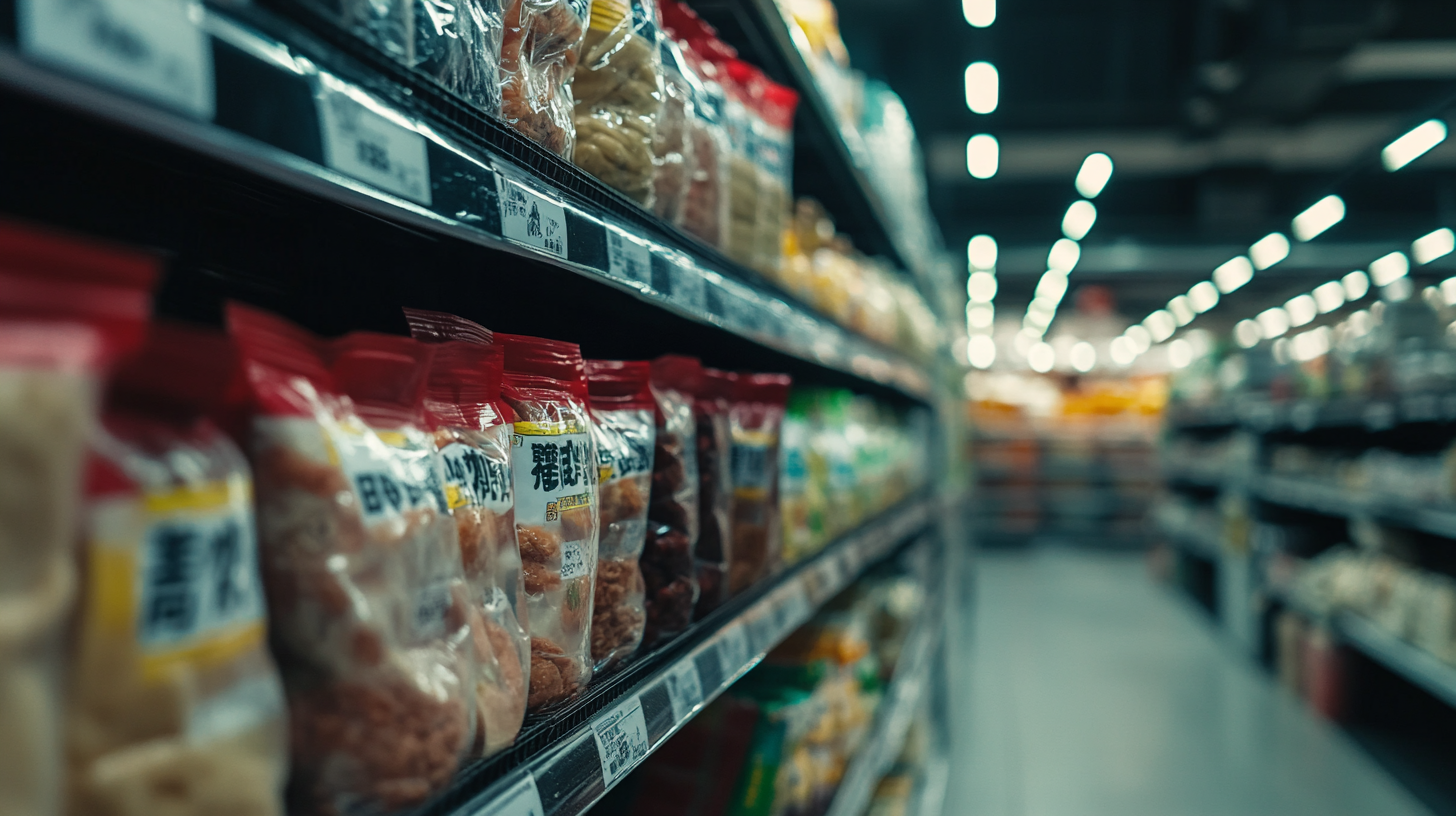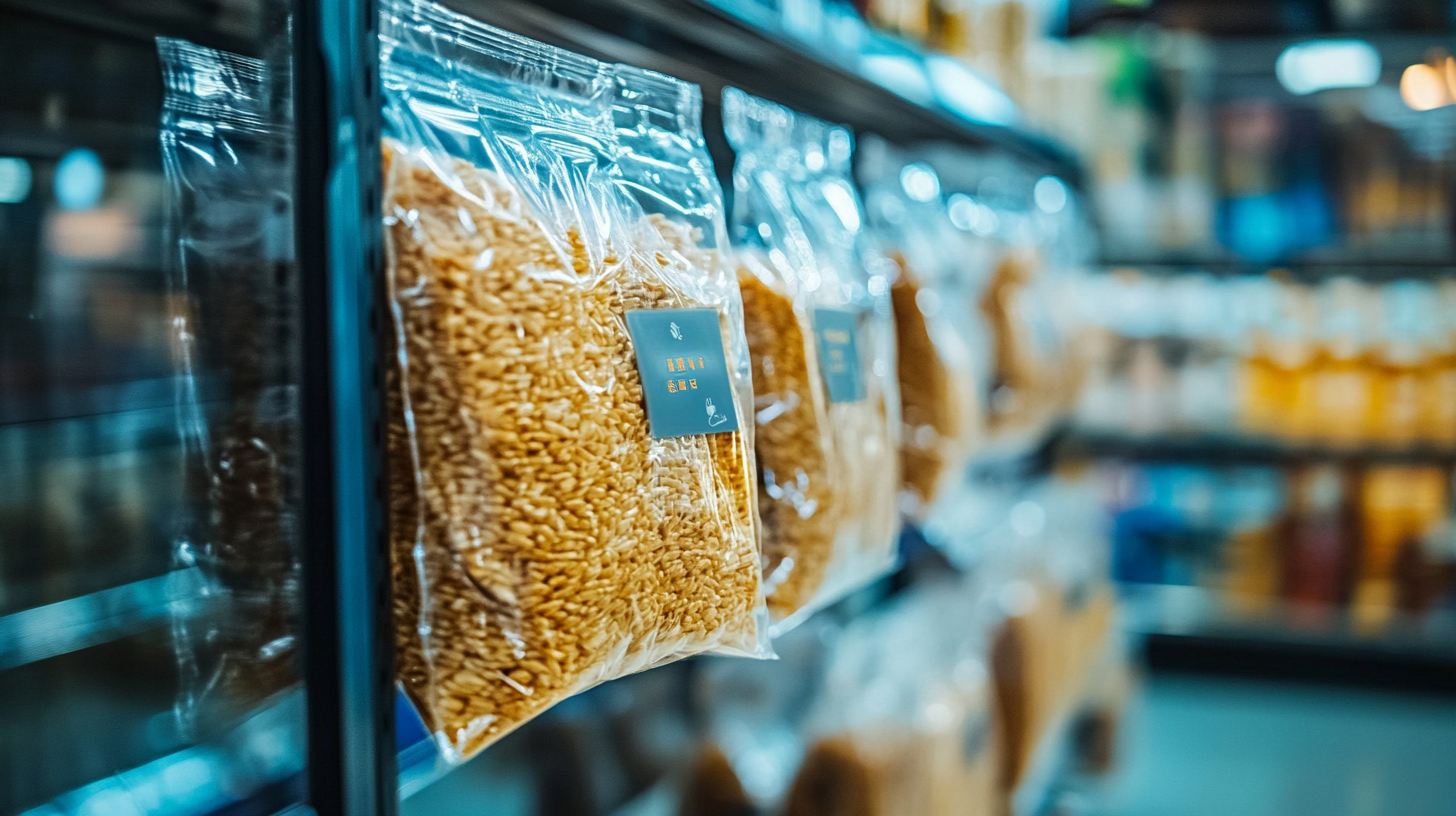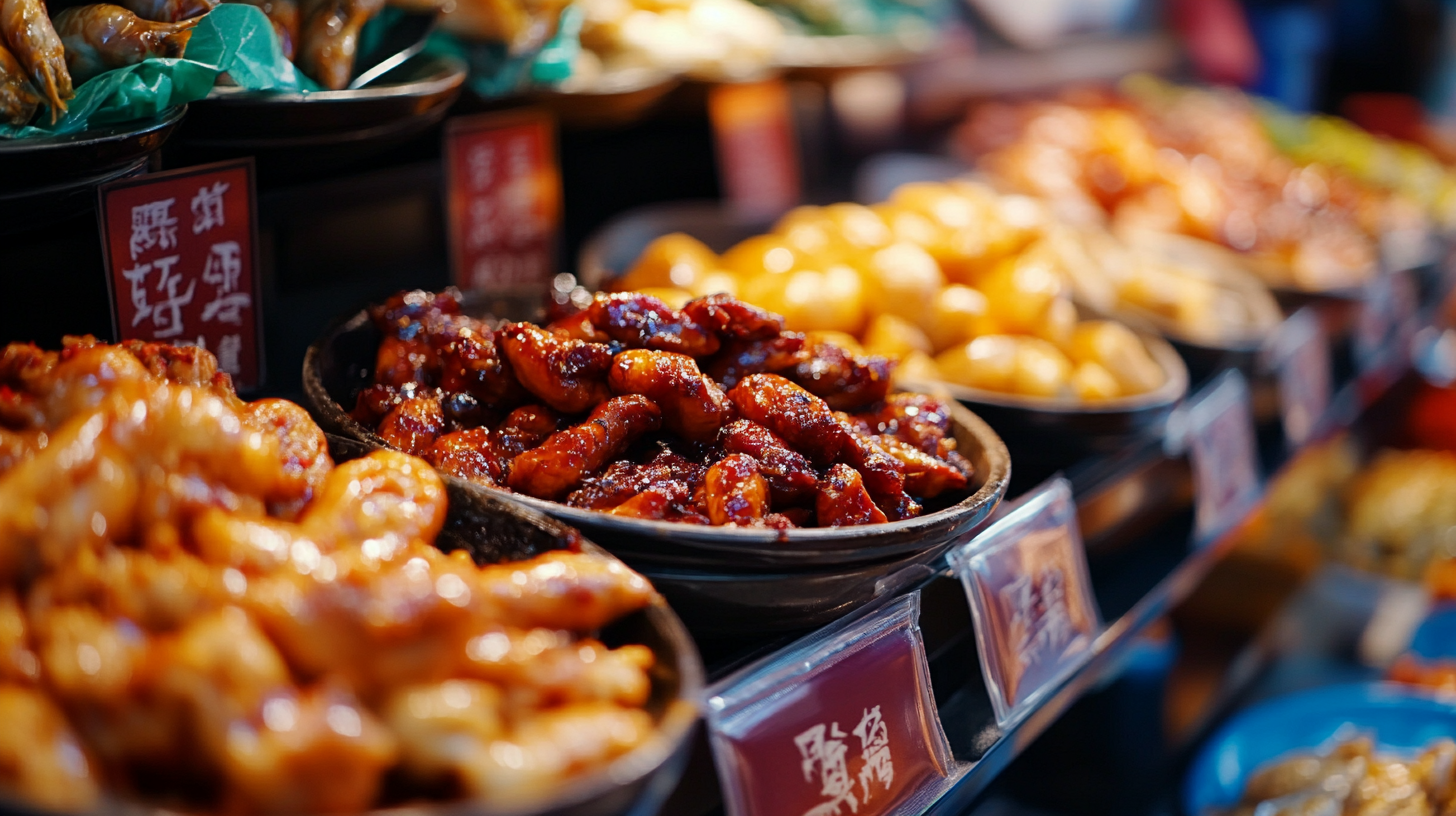Call for Price: 0086-15515573212
In the face of escalating tariffs between the United States and China, the landscape of food packaging is experiencing a remarkable transformation. China's food packaging industry, particularly in the realm of innovative solutions, is not only weathering the storm but thriving against the odds. Central to this evolution is the emergence of advanced machinery, such as the Wrapping Machine For Food, which streamlines packaging processes and enhances efficiency. As manufacturers adapt to the challenges posed by tariffs, they are compelled to innovate and seek out superior technology to stay competitive. This blog delves into the resilience of China's food packaging sector, highlighting how such advancements like the Wrapping Machine For Food are integral to overcoming economic barriers, improving product presentation, and meeting global consumer standards. The story of China's food packaging innovation is one of ingenuity, perseverance, and an unwavering commitment to quality, even in the face of adversity.

China's food packaging market is demonstrating remarkable resilience in the face of ongoing US-China tariff challenges. According to a recent report by Smithers Pira, the Chinese packaging market is projected to reach USD 265 billion by 2024, with a compound annual growth rate (CAGR) of 5.8% from 2019 to 2024. This growth is primarily driven by the increasing demand for convenient and sustainable packaging solutions within the food industry.
Innovations in food packaging technologies are at the forefront of this growth. Companies are increasingly adopting eco-friendly materials and smart packaging solutions to enhance customer experience and minimize environmental impact. As reported by Mordor Intelligence, the biodegradable packaging segment alone is expected to grow at a CAGR of 16% between 2021 and 2026, reflecting a shift in consumer preferences toward more sustainable options. Furthermore, the introduction of advanced manufacturing techniques, such as nanotechnology and active packaging, is steadily improving the shelf life and safety of food products, further solidifying China's position in the global food packaging landscape even amidst tariff pressures.

As the US-China trade tensions intensify, the food packaging industry finds itself navigating a landscape shaped by tariffs and evolving consumer demands. The imposition of tariffs has driven manufacturers to reassess their supply chains, leading to a notable shift in sourcing and production strategies. Data indicates that companies are increasingly looking towards domestic alternatives or diversifying suppliers to mitigate the impact of rising costs associated with imported packaging materials. This trend has spurred innovation as businesses seek to enhance efficiency while maintaining quality.
Moreover, the changing regulations have prompted a surge in research and development (R&D) within the food packaging sector. Companies are investing in sustainable materials and advanced technologies to create packaging solutions that not only comply with new tariffs but also appeal to environmentally conscious consumers. Insights from market analysis show that eco-friendly packaging options are becoming increasingly popular, reflecting a broader industry shift towards sustainability. The challenges posed by the tariffs are fostering an environment ripe for innovation, as firms strive to maintain competitiveness in an ever-evolving global landscape.
This pie chart illustrates the market share of different packaging materials used in China's food packaging industry in 2023. Plastic remains the dominant material, comprising 45% of the market, followed by paper at 30%. Metal and glass make up a smaller part of the market at 15% and 7%, respectively, while other materials account for 3%.
China is rapidly emerging as a leader in innovative packaging solutions, defying the challenges posed by ongoing US-China tariff disputes. As businesses look for ways to adapt and thrive, Chinese companies are investing in sustainable materials and cutting-edge technologies to create packaging that meets both consumer needs and environmental concerns. This shift not only positions China as an industry innovator but also enhances the competitiveness of its products on the global market.
Tips for embracing innovative packaging include exploring biodegradable materials, which are gaining popularity as consumers become more eco-conscious. Companies should also consider adopting smart packaging technologies that enhance user experience through interactive features. Additionally, collaborating with local designers can help tailor packaging solutions that resonate with diverse customer preferences, ensuring that products stand out on the shelves.
As the industry evolves, staying ahead of trends in packaging design and sustainability will be crucial. By prioritizing innovation and adaptability, businesses can not only survive the current trade challenges but also set themselves up for future success in the ever-changing marketplace. Companies who invest in research and development will likely lead the next wave of packaging breakthroughs.
| Innovation Type | Description | Impact on Food Safety | Market Growth Rate (2023) |
|---|---|---|---|
| Biodegradable Packaging | Packaging made from natural materials that decompose, reducing waste. | Improves food safety by reducing chemical leaching from plastics. | 25% |
| Smart Packaging | Includes sensors to monitor freshness, helping to reduce food waste. | Enhances food safety by providing real-time monitoring. | 30% |
| Edible Packaging | Packaging that can be consumed along with the food item. | Reduces waste and potential contaminants from traditional packaging. | 20% |
| Active Packaging | Packaging that actively interacts with food to extend shelf life. | Prevents spoilage and contamination, ensuring food remains safe to consume. | 15% |
| Customized Packaging Solutions | Tailored packaging solutions for specific food products. | Improves protection during transportation, minimizing spoilage. | 18% |
China's food packaging innovation is responding strategically to increasing market demands for sustainability, especially in light of the ongoing US-China tariff challenges. According to a recent market research report, the Global Sustainable Pharmaceutical Packaging Market is projected to reach USD 343.01 billion by 2034, marking a CAGR of 15.13%. This significant growth highlights the urgency for the food industry to align packaging solutions with eco-friendly practices. With consumers becoming increasingly aware of sustainability issues, there is a clear push for packaging that minimizes environmental impact while ensuring product safety and quality.
Tips for businesses looking to innovate in sustainable packaging include investing in biodegradable materials and exploring advanced technologies such as smart packaging that not only preserves food but also communicates relevant information to consumers. Engaging consumers in the sustainability journey can also enhance brand loyalty. In addition, understanding the evolving consumer preferences is vital; businesses should consider a transition to recyclable or reusable packaging options to meet the rising demand for environmentally responsible products.
As China navigates its own challenges and opportunities in the packaging sector, the growth trajectory of e-commerce packaging, particularly corrugated boxes, reflects the broader trends. Forecasts indicate that this segment alone could reach $95.5 billion by 2030. Adapting to such trends will be crucial for companies aiming to maintain competitiveness in a rapidly changing market environment.

China’s food packaging industry is poised for robust growth even as it navigates the complexities posed by US-China tariff challenges. Industry forecasts indicate that by 2025, the Chinese food packaging market is expected to reach a valuation of approximately $78 billion, reflecting a compound annual growth rate (CAGR) of around 6.8% from 2020. This projection highlights the sector's resilience and ability to adapt to a rapidly changing economic landscape characterized by rising tariffs and shifting consumer preferences.
Amidst these tariff-induced uncertainties, Chinese manufacturers have accelerated innovation and investment in sustainable packaging solutions. With growing consumer awareness regarding environmental issues, companies are increasingly adopting biodegradable and recyclable materials. A recent study suggests that the demand for sustainable packaging in China could grow by over 20% annually, pushing companies to pivot towards greener practices. Additionally, the government's support for local enterprises through favorable policies and subsidies further enhances the industry’s capacity to thrive despite external pressures, positioning China as a leader in food packaging innovation in the coming years.
This chart illustrates the projected growth of China's food packaging industry from 2022 to 2025, highlighting an upward trend amidst ongoing US-China tariff challenges. The market value is expected to increase from $50 billion in 2022 to $70 billion by 2025, demonstrating resilience and innovation in the industry.